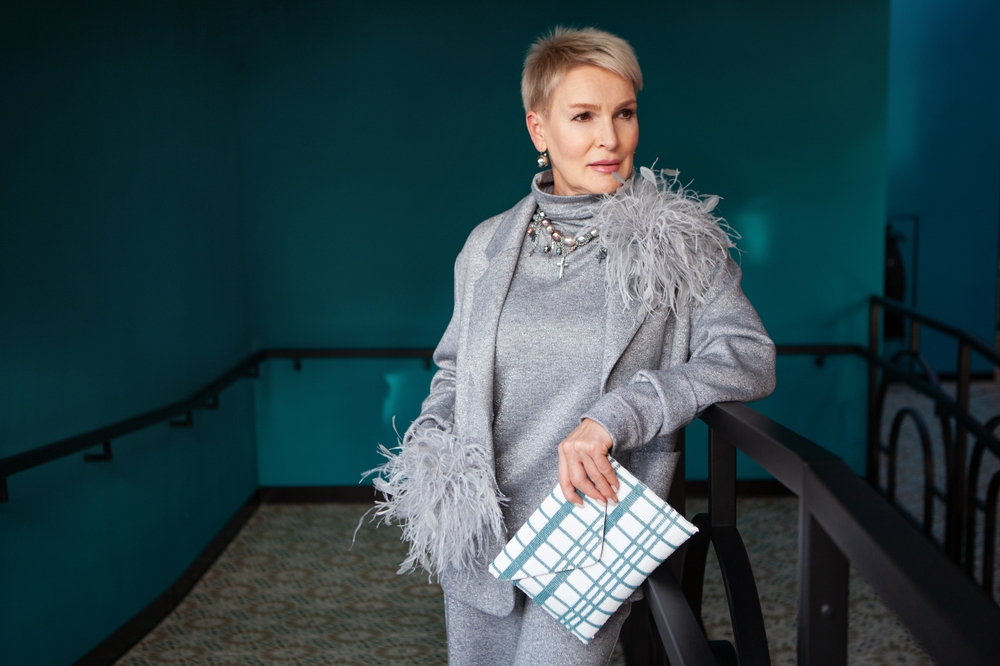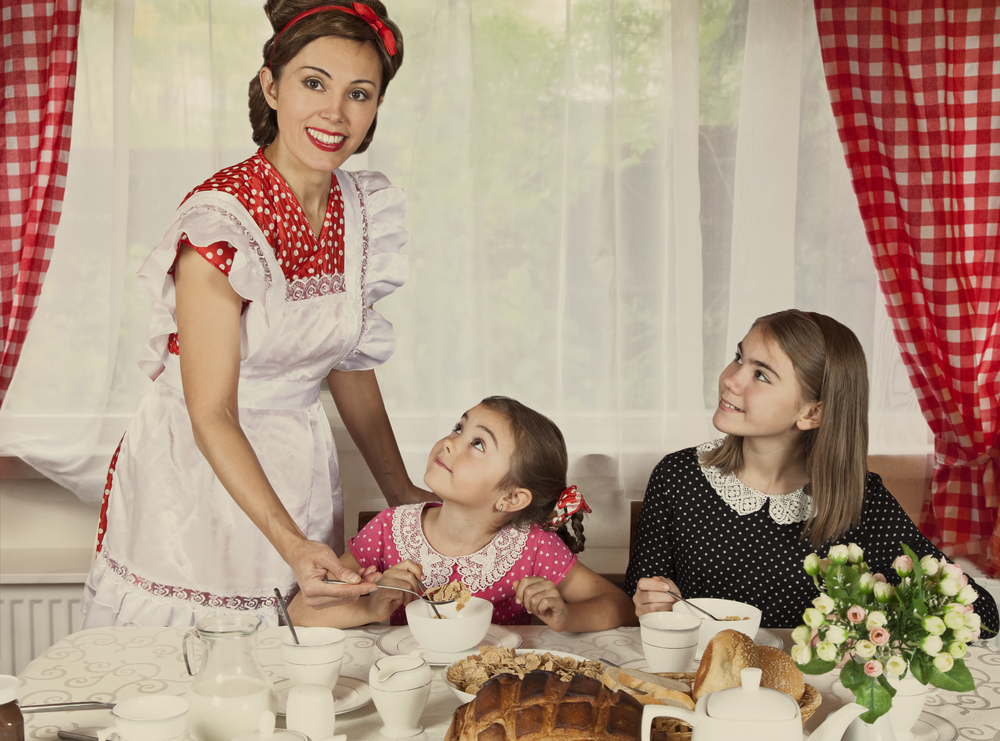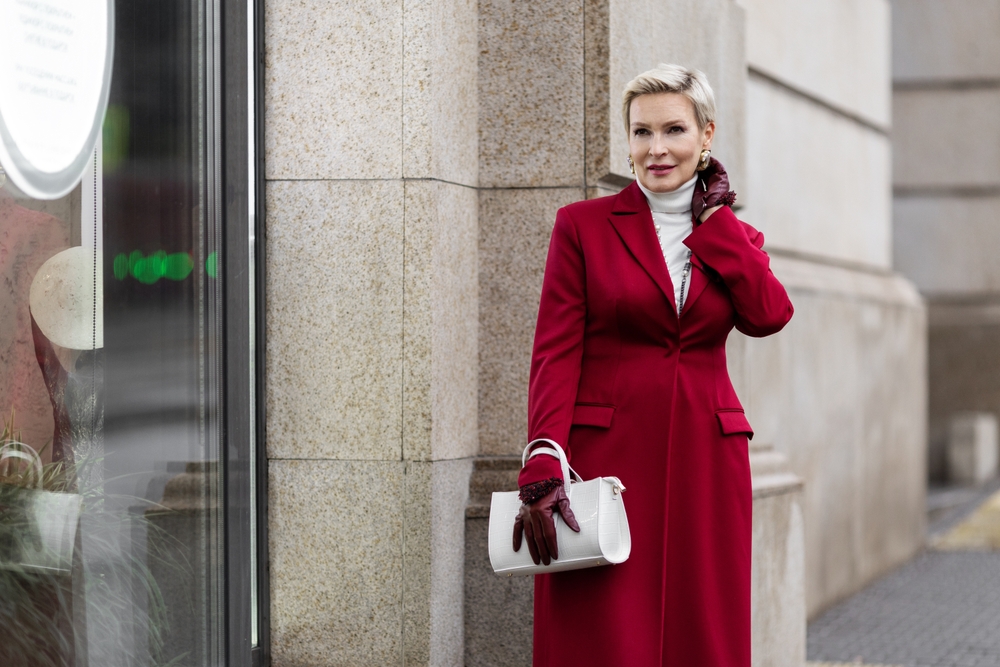At-home hair dye kits seem like an easy solution, promising salon results without the price tag. But before you grab that drugstore box, you should know the hidden costs of DIY dye jobs. From damaged strands to long-term health risks, here’s why you should think twice before diving into at-home hair color.
1. Chemical Hair Dyes Can Cause Serious Damage
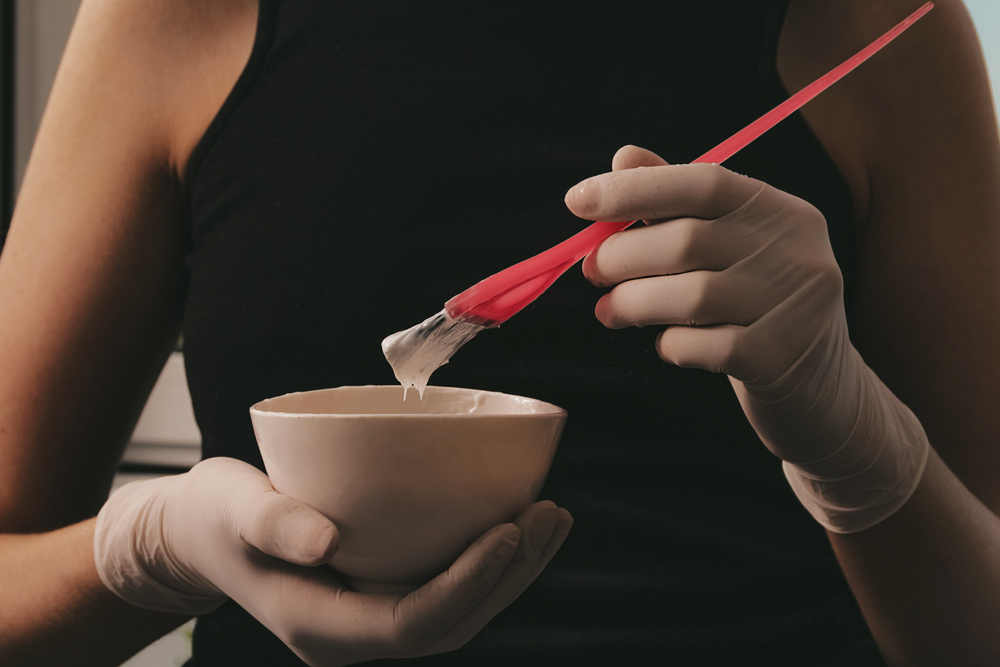
Chemical hair dyes work by breaking down your hair’s natural structure to deposit new color, but this process can come at a steep price. Over time, constant exposure to harsh chemicals like ammonia and peroxide leaves your hair brittle and weak. The more you dye, the more your strands become porous and fragile, leading to severe breakage, thinning, and even permanent hair loss.
2. Your Grays Can Look Even Worse
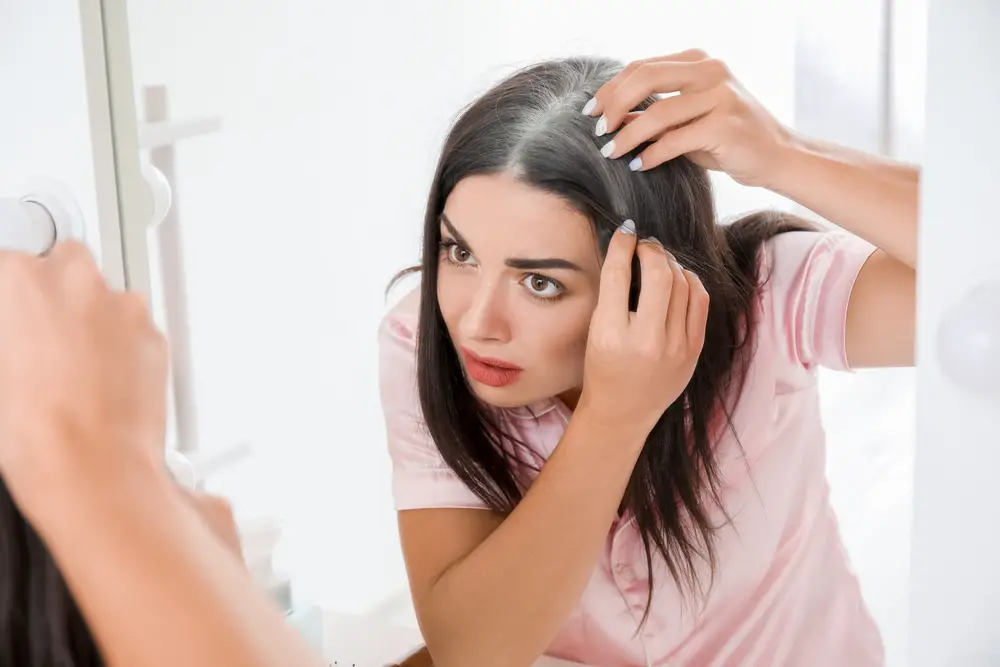
Getting the wrong shade to cover grays can backfire fast. Instead of blending seamlessly, an incorrect color choice can make gray patches stand out even more. Hair dye that’s too dark or light will contrast sharply against your natural hair, drawing attention to the spots you were trying to hide. And if it looks off, fixing it isn’t as simple as grabbing another box.
3. Skin Irritation and Allergic Reactions are Alarmingly Common
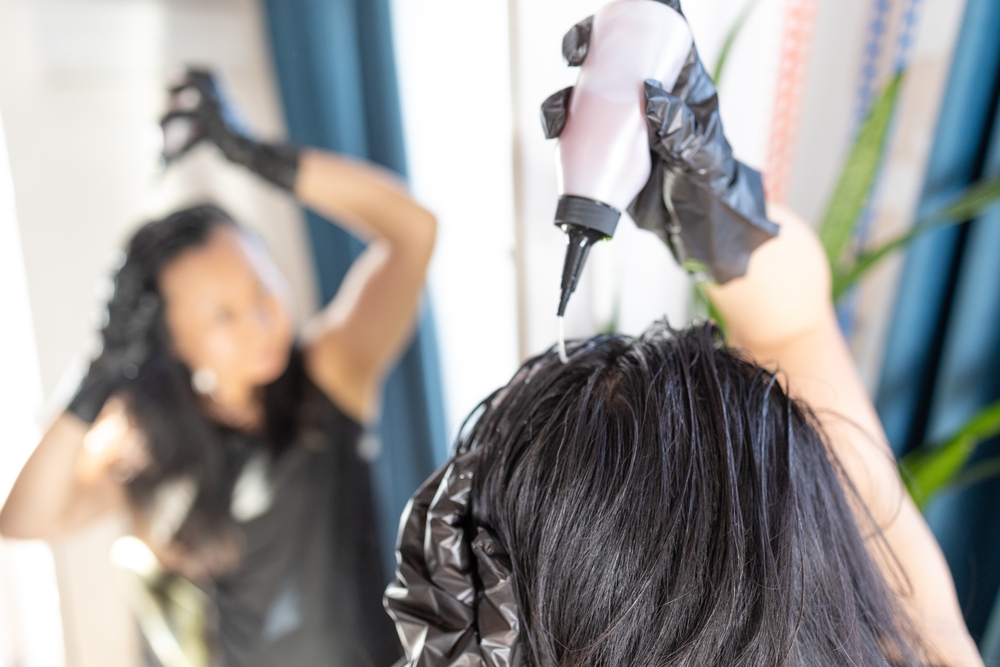
The harsh chemicals in at-home dyes don’t just affect your hair—they can also wreak havoc on your skin. Many people experience redness, itching, or even burns after applying dye, especially on sensitive areas like the scalp and neck. Worse yet, some chemicals can trigger allergic reactions, so performing a patch test before using any new dye is vital.
4. DIY Hair Dye Is Messy and Stressful
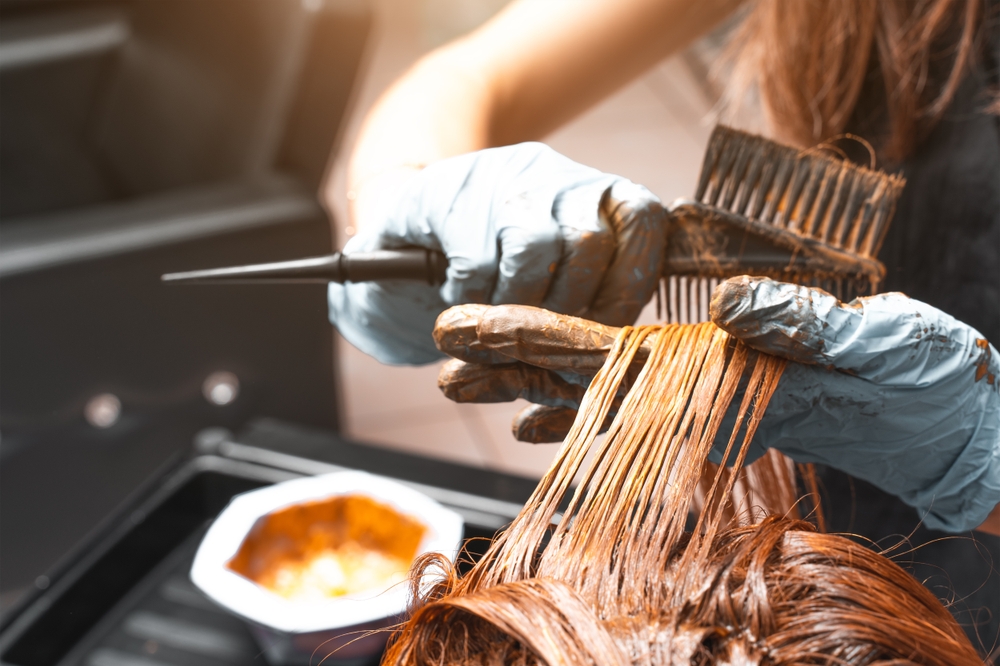
Let’s not forget about the sheer chaos of a DIY dye session. Between splatters on the bathroom walls and stained towels, the aftermath of an at-home dye job can be a nightmare. Even if you manage to avoid the mess, achieving an even application without patchy spots is a struggle. Not to mention, the stress of trying to match salon-quality results is real.
5. Toxic Chemicals in Box Dye Are No Joke
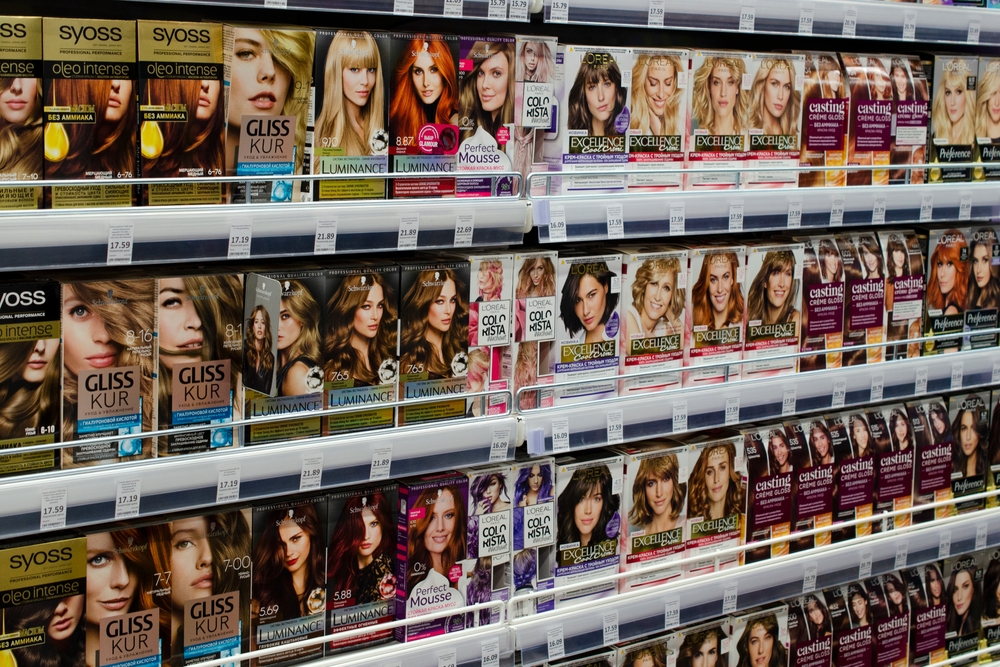
Many at-home dyes are packed with chemicals like ammonia, PPD, and parabens, which aren’t just harsh on your hair but harmful to your overall health. These toxic ingredients have been linked to allergic reactions and even long-term health risks like cancer. Opt for clean, plant-based hair dyes whenever possible. They’re gentler on your hair and health while offering lasting color.
6. Your Hair Can Become Brassy and Orange
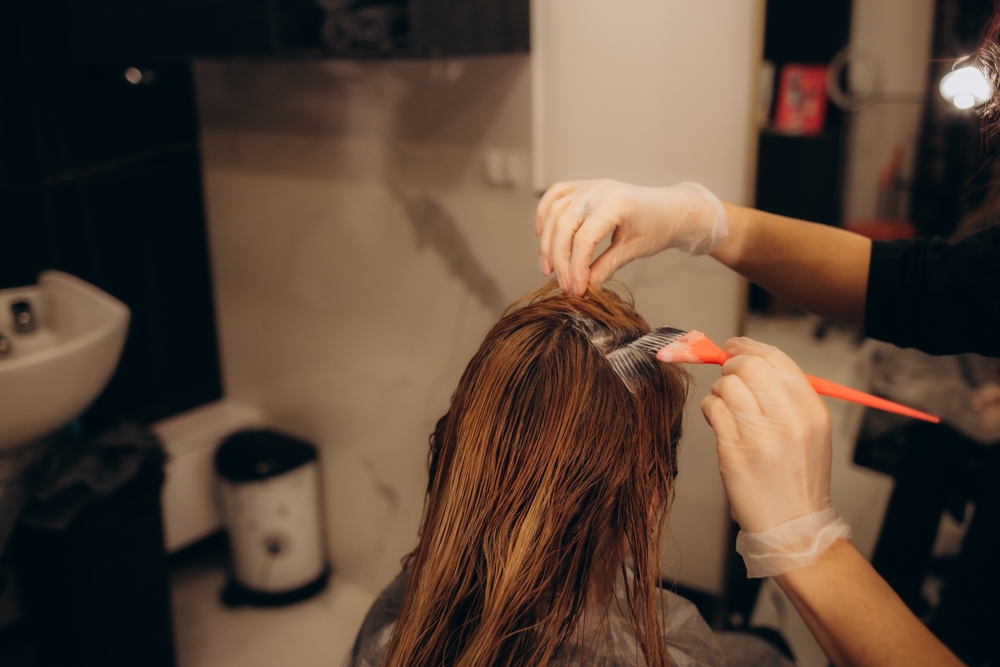
The dreaded brassiness is one of the most embarrassing side effects of DIY hair color. Without proper care and toning, your freshly dyed locks can quickly turn orange or yellow, especially if you’re trying to go blonde or cover gray. Fixing brassy tones requires special purple shampoos or toners, adding more steps—and costs—to your at-home color routine.
7. Sharp Color Contrasts Can Fast-Track Aging
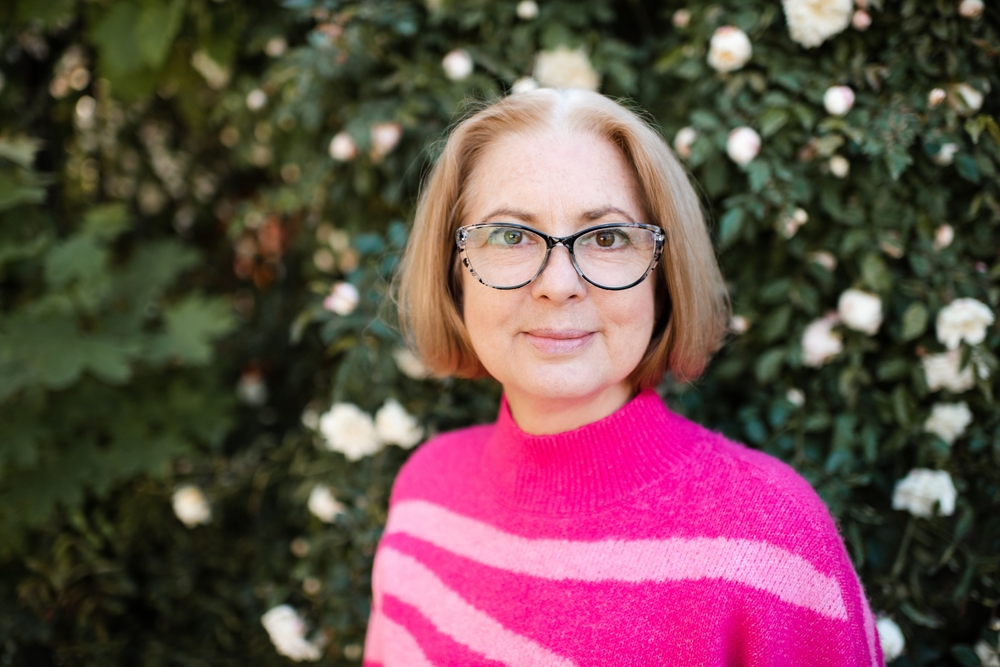
Choosing a hair color that’s too extreme for your skin tone can have the opposite of the youthful effect you’re aiming for. Instead of looking fresh, you may end up with a color that highlights fine lines, uneven skin tone, or other signs of aging. Stick to shades complementing your complexion for a more natural and flattering look.
8. It’s Easy to Mess Up DIY Shades
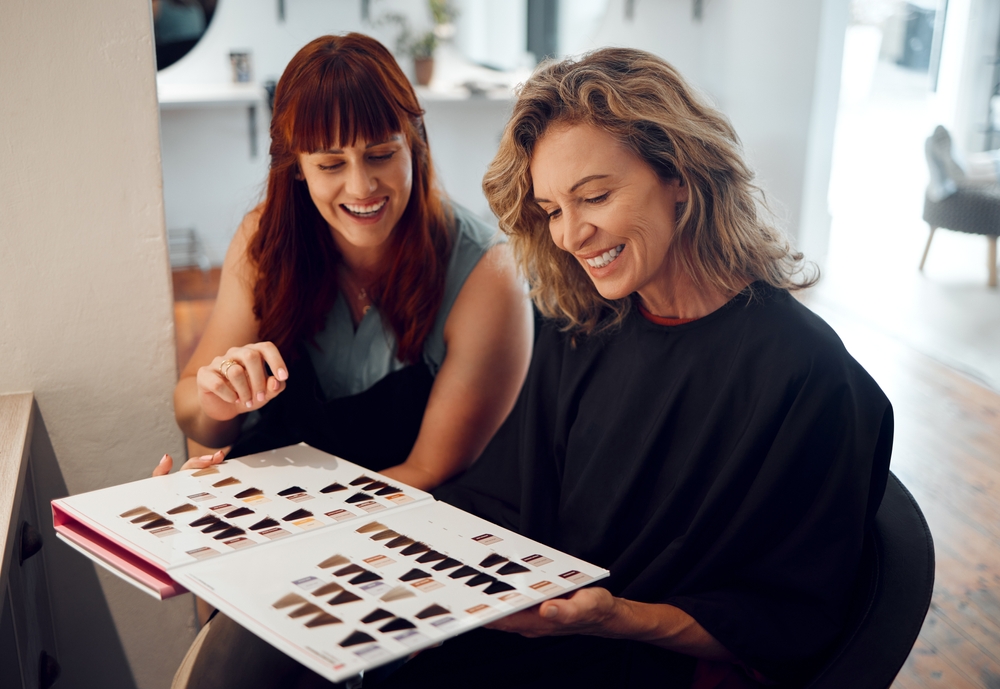
DIY hair dye kits may seem foolproof, but getting the right shade is more complicated than it looks. Choosing the wrong undertone or a sha’s too light or dark for your natural color can result in a stark, unnatural look. What’s more, you could spend more money on salon color corrections than if you’d gone to a pro in the first place.
9. DIY Fades Super Fast
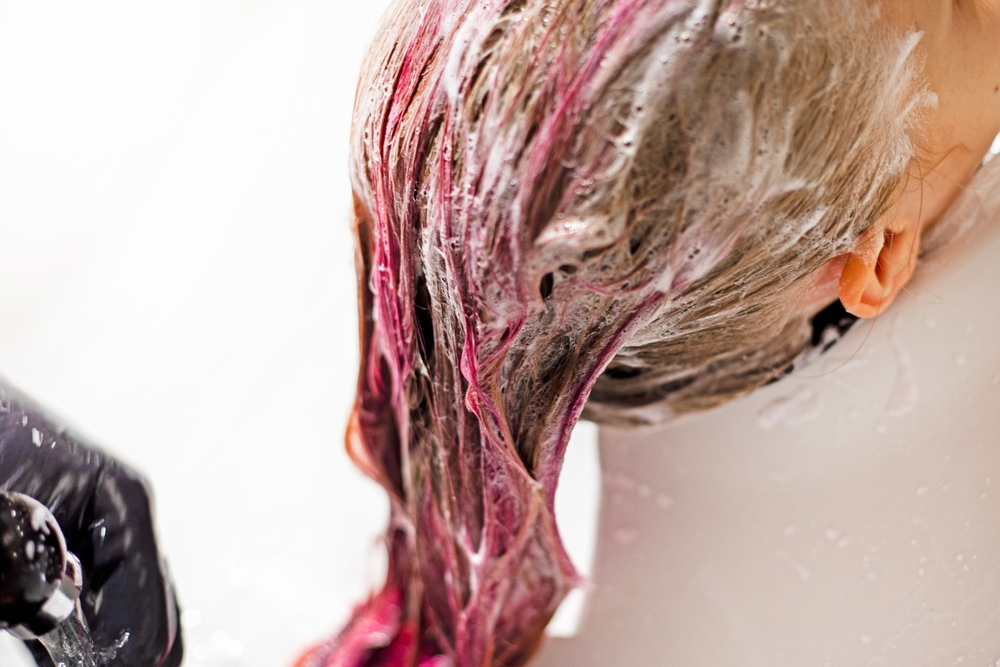
One of the biggest downsides to at-home dye jobs is they fade fast—especially if you’re not using the right products to maintain the color. Frequent touch-ups can lead to more damage and cost you more time and money in the long run. Protect your color by investing in salon-quality shampoos, conditioners, and treatments designed for color-treated hair.
10. This is High Maintenance Hair

Once you dye your hair, keeping it looking fresh requires constant maintenance. You’ll need to invest in products specifically designed to maintain your color, like sulfate-free shampoos and conditioners and frequent deep-conditioning treatments to combat the dryness caused by harsh chemicals. If you’re not ready for a high-maintenance life, consider leaving the dye job to the pros.
11. Dry, Brittle Hair Is a Side Effect
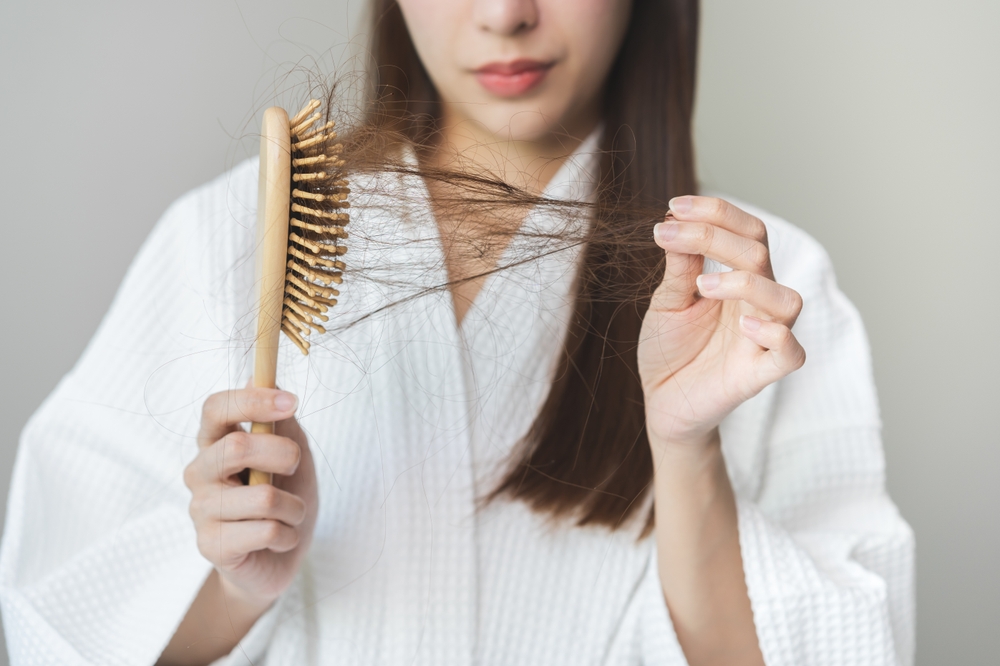
Repeated chemical exposure from hair dye can strip your hair of its natural oils, leaving it dry, brittle, and prone to split ends. Over time, your strands lose their bounce and shine, making your hair look dull and lifeless. To combat dryness, use hydrating hair masks and leave-in conditioners and avoid excessive heat styling.
12. Hot Water Hurts Your Hair and Color
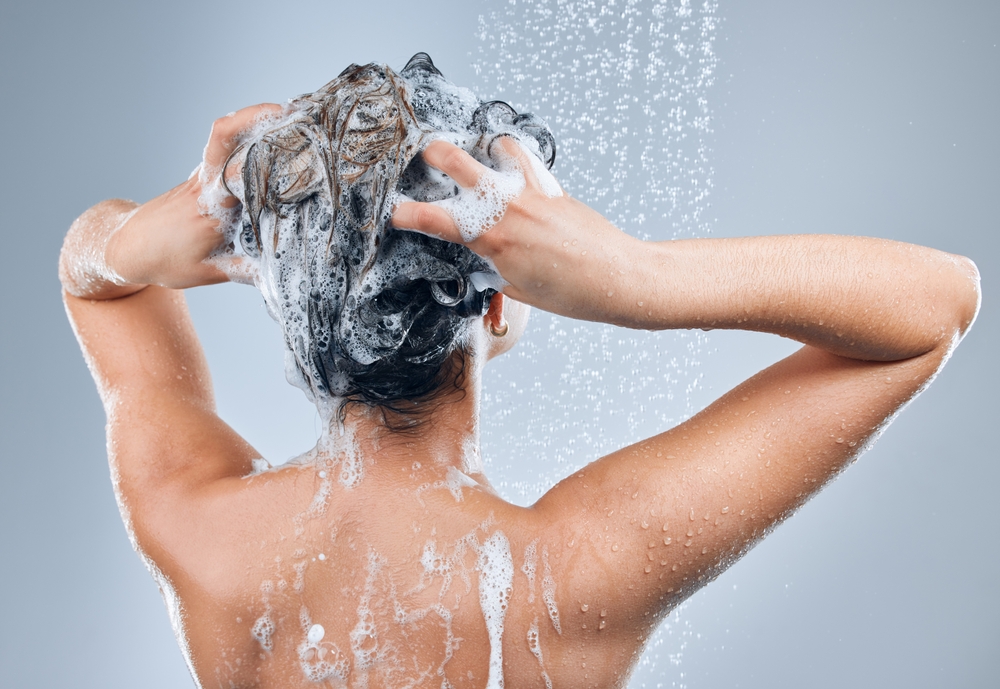
Hot water opens the hair cuticle, causing your color to fade faster and your hair to dry out. To preserve your hair’s health and color, wash with lukewarm water and finish with a cool rinse. This seals the hair cuticle, locking in moisture and color for longer-lasting vibrancy. It’s a small change that makes a big difference in the longevity of your dye job.
13. Your Lifestyle is Harming Your Hair
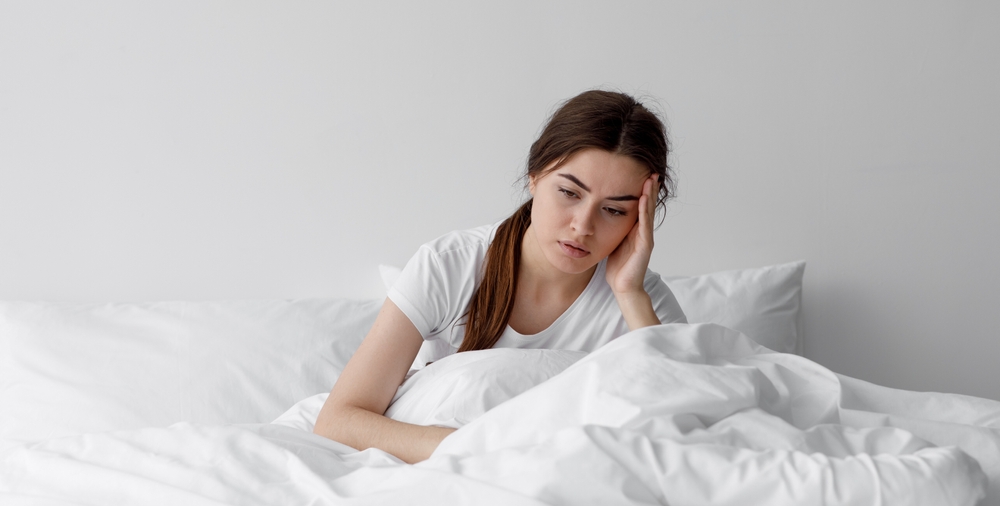
Your hair reflects your lifestyle. Smoking, excessive alcohol, and poor diet can make hair brittle and more prone to graying and damage. Even lack of sleep and stress can negatively impact hair growth and health. To keep your hair looking its best, you take care of your body with proper nutrition, hydration, and rest—it all shows in your strands.
14. Colored Dry Shampoo Can Save the Day
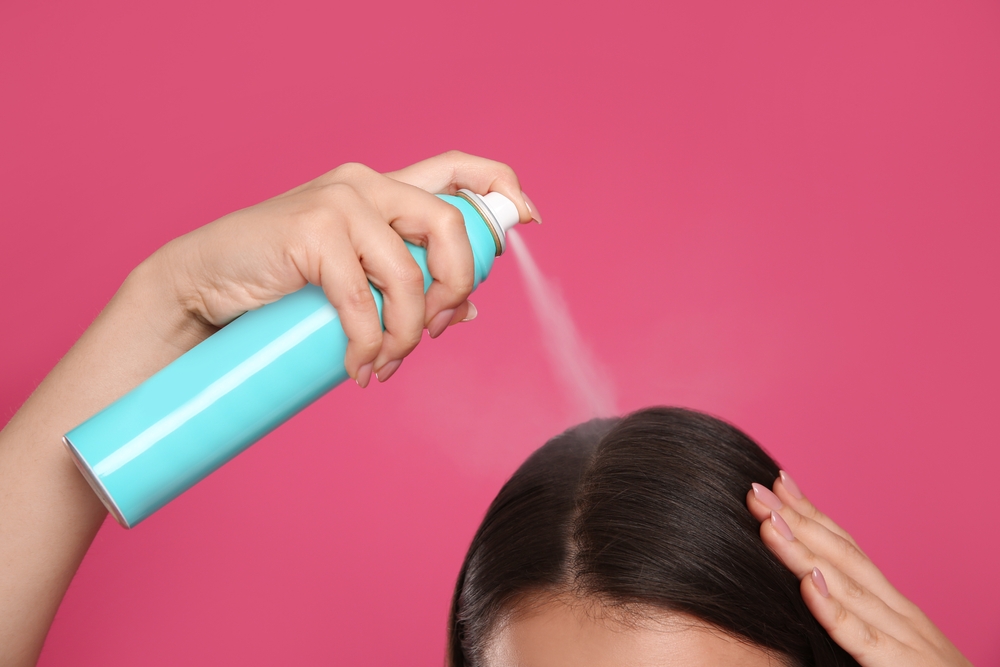
Need to cover regrowth or extend the time between dye jobs? Colored dry shampoo is your best friend. It helps blend roots, reduces oil, and freshens hair between washes and touch-ups. This simple addition to your routine can reduce the number of dye jobs you need, keeping your hair healthier in the long run.
15. Wet Hair Brushing Makes Everything Worse
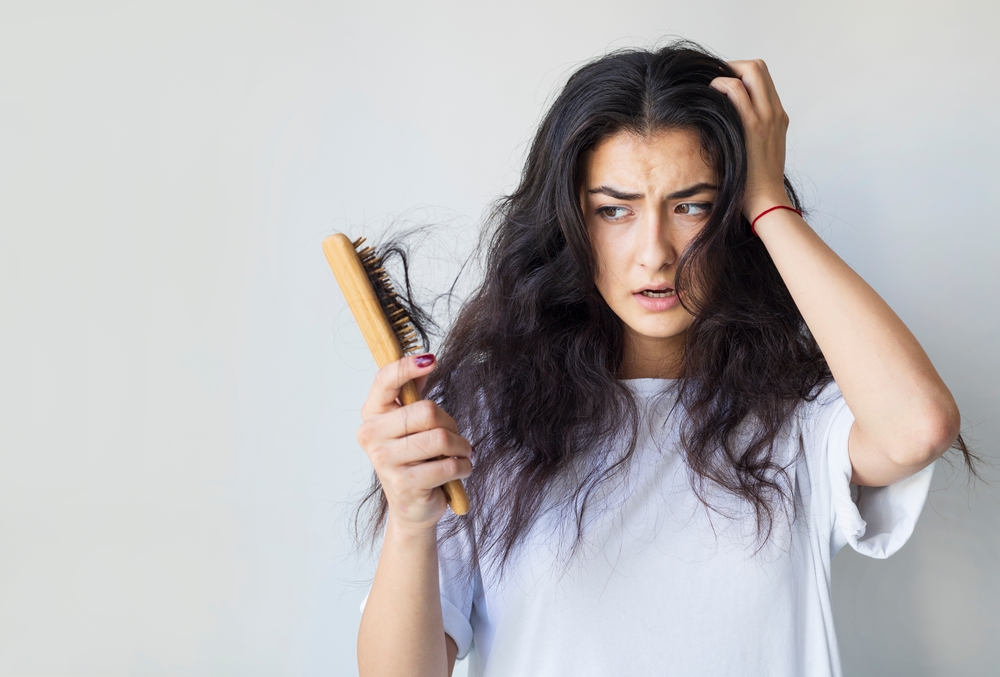
Wet hair is more fragile and prone to breakage, so brushing your hair straight out of the shower can cause serious damage. Always towel-dry your hair first and use a wide tooth to detangle gently. For extra protection, apply a leave-in conditioner or detangling spray before brushing to reduce friction and help keep your hair strong and healthy.

